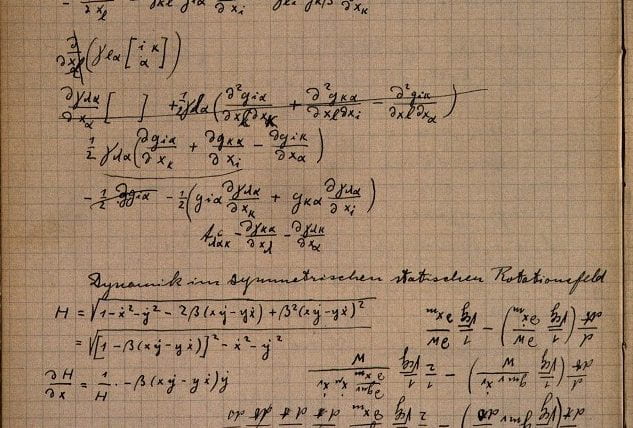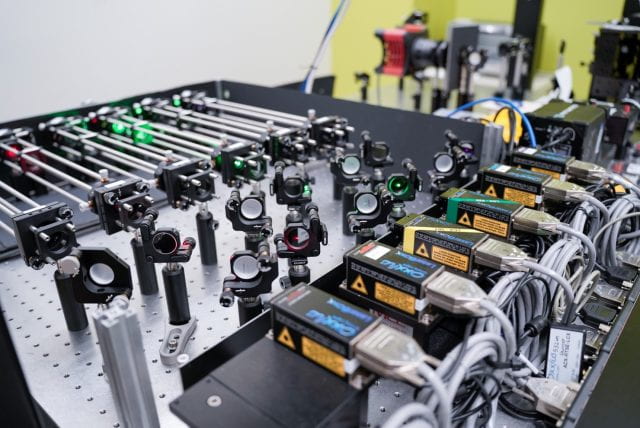
MICROSCOPY
We are utilizing various contrast-enhancing technology to track the interactions of small enzymes with large substrates, including microtubules, cellulose, and PET fibers. We constructed stage-of-the-art microscopes; we can track the movements of one of the fastest motors, KIF1A, which takes ~200 steps per second with a stepsize of 8 nm in a 100k Hz frame rate.

CELLULOSE & Cellulase
Cellulose can be converted into various forms of bioenergy, including biofuels and bioelectricity, is the most abundant organic compound on Earth and is primarily derived from plant biomass, such as trees, grasses, and agricultural residues. These renewable sources make cellulose a sustainable feedstock for green energy production.

MOTOR PROTEINS
Motor proteins are a class of proteins that play a fundamental role in cellular processes by generating directed movement along the cytoskeleton or other molecular tracks. They utilize energy derived from ATP hydrolysis to perform mechanical work and are involved in various essential functions within cells.

PET & PETASE
Polyethylene terephthalate (PET), is a common type of plastic, it is highly resistant to degradation, making it a major contributor to plastic pollution. PETase holds promise for addressing plastic pollution by the breakdown of PET waste into more manageable and environmentally friendly components.
Welcome to the Hancock Lab Website.
We are a diverse team of passionate scientists and engineers with physics, chemistry, biology, and engineering backgrounds. Our research focuses on studying the motor proteins kinesin and dynein. We also delve into various aspects of cellular processes, including the microtubule dynamics, as well as the mechanisms underlying the degradation of cellulose and PET (polyethylene terephthalate) through the cellulases and PETases. Equipped with state-of-the-art microscopes and other tools, we are ready to expand our understanding of fundamental biological processes and strive to make contributions to the field.
AVAILABLE POSITIONS
Email Dr. Hancock (woh1@psu.edu) to express your interest and inquire about availability of Post-Doc, PhD, Masters or Undergraduate positions.
THE HANCOCK LAB
Author: Will Hancock Because you only have 10 or 12 minutes, you need to be concise. Limit intro slides, and clearly state the goals of the project early in your
Author: William Hancock Problem: Very often we measure distributions of times, run lengths, or other quantities, we plot the distribution, and we fit it with an exponential or biexponential. Also,
Author: William Hancock Q: What concentration of tubulin is needed to create a full monolayer of tubulin on the surface of a flow cell? A: Tubulin is 8 nm x
Author: William Hancock For electrostatic interactions of proteins, the ionic strength is a major determinant, and so we want to be able to compare buffers of different ionic strengths. The
Author: William Hancock Say you have about 30 ul in an Eppendorf tube. You can lose protein by protein adsorbing to the side of the tube. How much might you
Author: William Hancock General Comments: The purpose of a lab notebook is to keep a record of the experiments you have done so that you can refer back to them
Microtubules are like the high-speed expressways for motor proteins, made up of a protein called tubulin. In our lab, especially during our stop-flow experiments, we need a lot of microtubules
TIRF and IRM are ideal approaches to image small enzymes (tagged with fluorescence) interacting with big subtract(label-free ! e.g., microtubules, Cellulose, PET fibers)! Cellobiose slows down the velocity of cellulase
Senior Design Projects are teams of senior students from the School of Engineering collaborating on a compelling two-to-three-semester capstone project. This experiential initiative cultivates practical skills and augments the students’
Dr. Daguan Nong is building the SCATTIRSTORM microscope from bolts and nuts! And here is how it looks when it is finished! BUT, what is this, and how it works?
Dr. Hancock delivered a presentation on the adventures of single-molecule microscopy during the 2021 Biophysical Society (BPS).
Our research on Kinesin and dynein has been reported by the College of Engineering News! Neuron movements caused by push, pull of motor proteins, study finds











